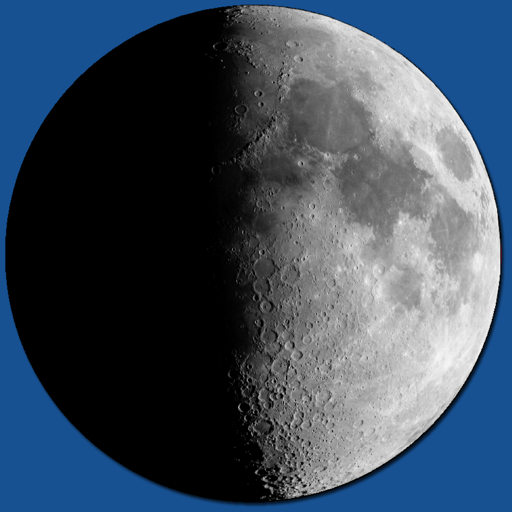$0.99
⭐️5 / 5
Rating
🙌3
Ratings
📼5 scs
Content
📦~ in 8 months
Updates frequency
🗣❌ unsupported
Your locale
- Versions
- Price History
- Description
- FAQ
All Versions of Jupiter Atlas
3.0.3
April 16, 2024
Bug fixes and improvements.
3.0.2
July 23, 2023
Bug fixes and improvements.
3.0.1
April 12, 2023
Bug fixes and improvements.
3.0.0
September 9, 2021
This version has been completely rewritten using the Swift programming language and replacing OpenGL with Metal.
More2.6.4
September 11, 2019
Bug fixes and improvements.
2.6.3
November 6, 2018
Fixed minor layout issues for 2018 iPad Pros.
2.6.2
September 19, 2018
Fixed layout issue.
2.6.1
August 26, 2018
Bug fixes and minor improvements.
2.6.0
November 29, 2017
Support for iPhone X and bug fixes.
2.5.1
July 16, 2016
iPod touch support fixed
New settings section for iPhone
Supports 12.9 inch iPad Pro
MorePrice History of Jupiter Atlas
Description of Jupiter Atlas
Explore 3D globes of Jupiter's Galilean moons
Use pinch and finger gestures to manipulate a 3D globe of one of four of Jupiter's Galilean moons. As you zoom in more labels appear as finer detail comes into view. You can double tap on the labels to get more information about a particular feature.
Jupiter Atlas displays the approximate phase, axial tilt and central meridian of the selected moon from your chosen location and time, and renders these on the globe. You can switch to a 'Globe' mode that allows you to spin the moon around to see the whole globe. The feature database is searchable and can move the globe to a searched feature. The phase can be switched off to show the whole globe more clearly.
The moon's globe can be shown with north or south at the top or inverted to suit different telescope views.
Over 680 named features across four moons are included. These moons are Io, Europa, Ganymede and Callisto.
The phase view shows the current view of Jupiter itself including the position of the Great Red Spot and the approximate axial tilt and central meridian. You can swipe left and right on the phase view to go backwards and forwards a day. When you turn the device to landscape mode a wider view is shown with the Galilean moons in their approximate positions for the time selected.
Date, time and location can be changed. There is also a realtime mode that will update to the current time.
Atlases for the Moon, Mars, Mercury, Venus and Saturn are also available on the App Store!
Show less
Jupiter Atlas: FAQ
Yes, Jupiter Atlas can be used on iPad devices.
Jupiter Atlas was launched by Julian James.
Jupiter Atlas minimum iOS requirement is iOS 15.0.
The current user rating of the Jupiter Atlas app is 5.0.
The Jupiter Atlas App Relates To The Reference Genre.
The latest version of the Jupiter Atlas app is 3.0.3.
July 5, 2024 is the exact date of the latest Jupiter Atlas update.
The Jupiter Atlas app became available to the public on February 5, 2023.
Julian James: The Jupiter Atlas app is child-friendly.
Jupiter Atlas can be used in English.
Unfortunately, Jupiter Atlas is not on Apple Arcade.
No, Jupiter Atlas does not allow for in-app purchases.
Sorry, Jupiter Atlas is not specifically engineered for compatibility with Apple Vision Pro.






















